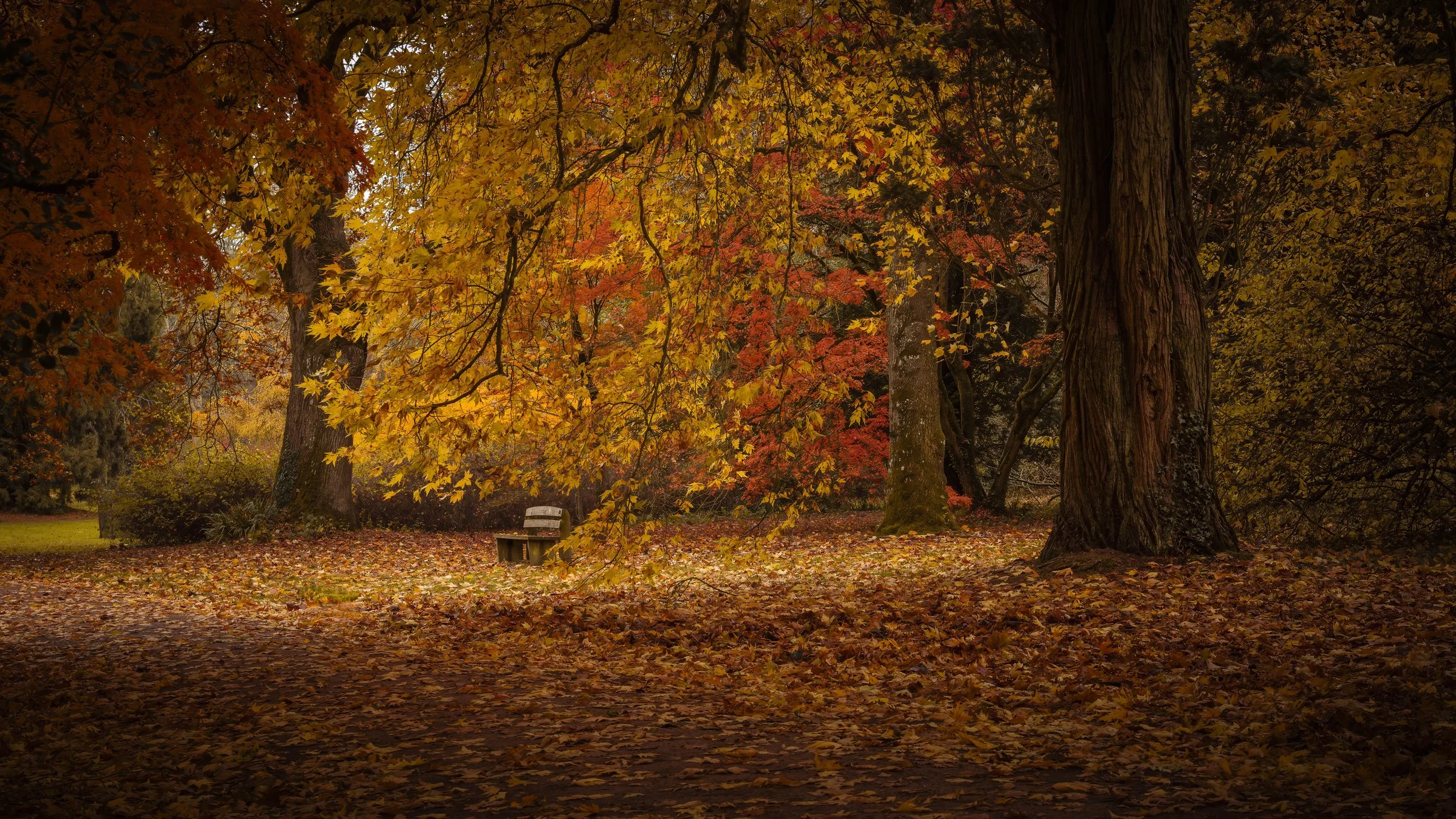Guides, reviews, and resources for creative fieldwork.
Welcome to the Journal—a central hub for practical guides, gear reviews, and creative resources.
This section brings together tools, tips, and insights to support photographers, nature guides, and outdoor creatives.
From beginner-friendly walkthroughs to field-tested recommendations, each entry is designed to help you work more confidently in wild places and build a toolkit that fits your style and workflow.
Professional Photo Magazine-Autumnal Photography
Discover the gear and techniques award-winning photographer Mark Warnes uses to capture autumn’s fleeting beauty—from Scottish glens to the American West.
As a wildlife and landscape photographer working across the British Isles and beyond, I rely on practical, adaptable gear that performs in the field. Autumn is one of the most demanding and rewarding seasons to shoot—full of shifting light, unpredictable weather, and fleeting colour. In this article for Professional Photo Magazine, I share the kit I use to stay ready for those moments, with insights drawn from years of fieldwork in Scotland, Wales, and the American West.
Photographing Scotlands Heather
Explore Saltfell Studio’s guide to capturing Scotland’s iconic heather—timing, light, gear, and 15 stunning locations.
A Field Guide to Purple Haze, Place, and Patience
Late summer in Scotland carries a quiet kind of magic. The hills blush violet, the moors hum with bees, and roadside verges erupt in a floral crescendo that feels both ancient and wildly alive. Heather—humble, hardy, and iconic—offers one of the most atmospheric subjects in the Scottish wild, if you know how and when to look.
This guide shares Saltfell’s essential tips for photographing heather—touching on gear, light, weather, and post-processing—along with fifteen of our favorite sites to catch this fleeting purple tide.
Timing Is Everything
Heather’s peak bloom generally spans late July to early September, with August often offering the best displays. You’ll find variation depending on altitude, region, and local climate:
Lowland coastal sites often bloom earlier (late July)
Highland and upland moors peak slightly later (mid-August into early September)
Weather matters—a cold spring or soggy summer can delay bloom or mute tones
Light & Weather
For mood and definition, aim for:
Golden hour (early morning or late evening) to capture warm contrast and directional light across the heather
Moody overcast for more subtle tones, especially with backdrops of woodland, water, or stone
Soft post-rain mist offers magical diffused light and a glossy sheen across wet blooms
Avoid harsh midday sun unless shooting macro detail with shadows
Composition Tips
Heather loves layers, texture, and contrast. Some tricks:
Lead with lines—footpaths, fence posts, burns, or stone walls can help guide the viewer through the sea of purple
Use negative space—don’t overfill the frame; sky, hills, or lochs add context and breathe
Pair with contrasting motifs—silver birch, bracken, lone boulders, or sheep add gentle counterbalance
Elevate viewpoint—drone or hillside angle to show spread and density (but tread lightly and follow drone codes)
Foreground interest—clustered blooms, mossy rocks, or boots-in-the-shot field notes
Side light reveals structure—great for dawn and dusk texture
Camera Settings
Processing Suggestions
Heather's tones vary from soft lilac to deep amethyst, and sometimes even rusty plum. In Lightroom or similar:
Use HSL panel to gently adjust purples and magentas—don’t oversaturate
Add local clarity or texture for mid-ground contrast
Try a gentle split tone: warm highlights, cool shadows
Use graduated filters to balance bright skies or dull foreground
Add a subtle vignette for intimacy
15 Heather-Laced Sites Worth Visiting
Here’s a poetic hit list—from dramatic coastlines to rolling inland ridges. Expect variety in scale, solitude, and visual rhythm.
Fowlsheugh RSPB, Aberdeenshire – clifftop trails, seabirds, purple margins
Glen Clova, Angus – accessible upland glens with textured heather slopes
The Lammermuir Hills – wide ridges, soft pastels, gentle drama
Ben Rinnes, Moray – summit views and layered purple carpets
Loch Maree & Slioch, Wester Ross – sublime backdrop and contrast
Cairnsmore of Fleet, Dumfries & Galloway – fringe wildness and low moorland
Glenesk, Angus – tonal transitions and accessible compositions
Cnoc Mor and Knockan Crag, Assynt – geological storytelling in bloom
Schiehallion foothills, Perthshire – gentle paths and iconic massifs
The Flow Country, Caithness & Sutherland – sparse beauty and peatland tone
Isle of Mull, Ross of Mull coast – heather-fringed shores and rocky motifs
Beinn Eighe Reserve, Torridon – structural drama with summer blossom
Pentland Hills near Edinburgh – urban edge wildness and easy access
The Borders’ Eildon Hills – patchwork textures and historical echoes
Morven & Tap o’ Noth, Aberdeenshire – folklore, ridgelines, and heather lore


